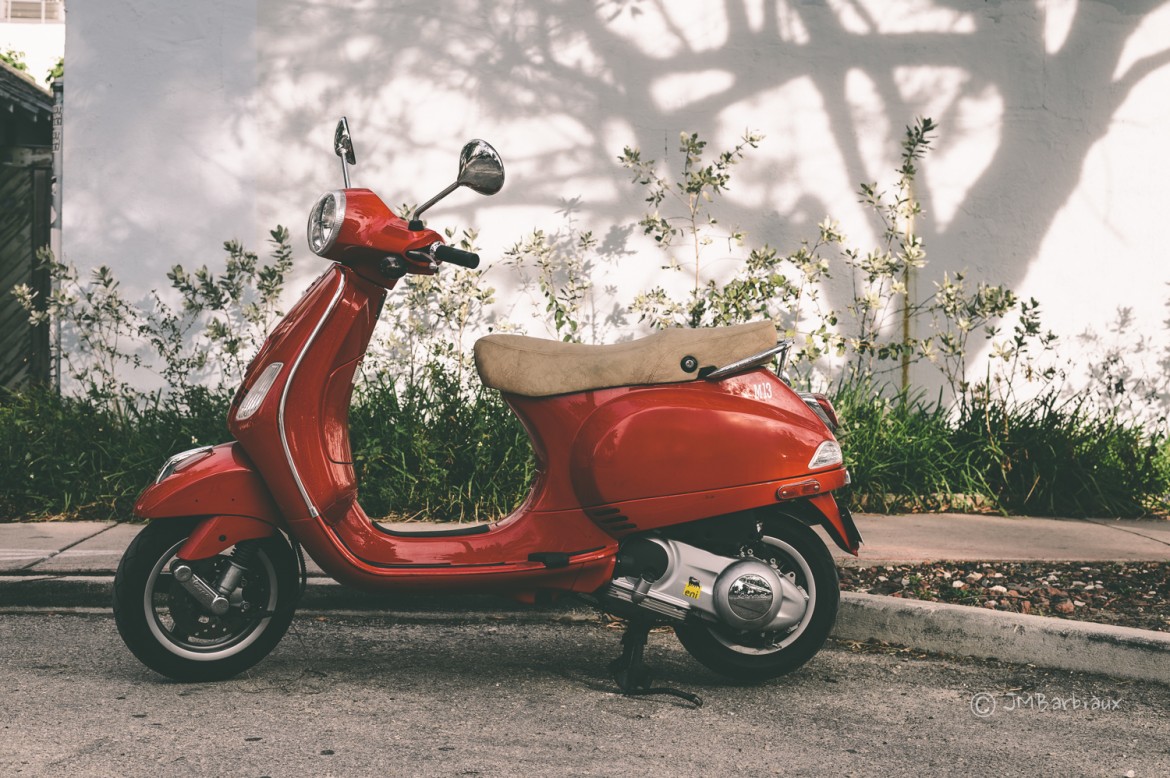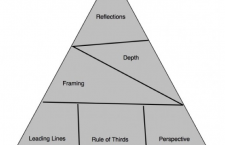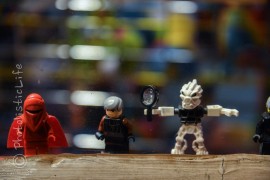When I took up photography I assumed that knowing how to manually control my camera and being around interesting scenes or subjects was all it took to create great photographs. I was wrong, you need to know wizardry. Being able to see or envision dynamic photography before ever touching your camera is the silver bullet to creating great photographs.
Developing an eye for photography is natural for some and difficult for others, it takes continual practice and discipline. You have to see the world in a new way (if you weren’t one of the lucky few born with a “photographic eye”). The good news is that you’ll see a more interesting world once you’ve developed your eye.
First let’s get rid of the term “photographic eye” or “eye for photography” because neither of them are accurate. Your eye-ball does not determine how you perceive a scene, your eye is more like the lens on a camera with your mind being the image sensor. You can’t see a picture without your eyes but you can’t process the image or perceive it without the mind (image sensor). Are you still following me? A more accurate term would be “photographic mind” but I suppose that was too similar to photographic memory so someone decided to call it a photographic eye and avoid the mass confusion.
A good test to figure out whether your photographic mind or mind for photography (sounds better, right?) needs some fine tuning is to reflect on the photography you’ve done so far. Are you the type that doesn’t really know if they captured a stunning picture until they get back and blow it up on the computer? Maybe you spend an entire day, week, or month and only capture a few shots worth keeping. Or, maybe you think every shot is worth keeping, post it to Facebook, Flickr, Pinterest, and you don’t understand why people aren’t banging down your door wanting you to sell them your prints or have you write articles for their magazines. If any of these apply to you then it’s time to start working on developing your mind for photography (pun intended).
Developing your mind for photography is a lot like learning a new instrument, you’ve got to practice reading scenes like you would read notes in a music book. I learned photography with a camera pressed to my face and my nose buried in magazines, books, and the internet but if I had to teach someone else I would suggest they learn to read a scene before they ever take their camera out of their bag. If you can’t visualize the end result of your shot then how do you know it’s worth taking? Ansel Adams was a big advocate of visualization (though he called it previsualization) and defined it as “the ability to anticipate a finished image before making the exposure.” The ability to then visualize what you had previsualized in post processing was called postvisualization.
Here is the problem though, sometimes we don’t know what we are supposed to be visualizing or what we visualize as being beautiful ends up looking average to others. With that being said, I’m not going to tell anyone their images are average looking and neither should you, beauty is certainly in the eye of the beholder and if you think your photography looks beautiful then you’ve appeased your hardest critic so kudos to you (so for the love of God don’t email this article to a friend or loved one with the subject line: “Hey, I thought you’d like this because your photography kind of sucks”). Visualization is key but in order to visualize you need to know what you’re looking for or what looks good, this is where knowing something about composition is key.
Composition
Did you ever have to study vocabulary words in elementary school? I did, I remember because my dad would smack me with a pencil because I would bounce around like the hyper little boy that I was (I’ve got about 10 dozen number two pencils stashed in a safe place until he turns elderly and then it’s payback time). My mom taught me how to remember vocab words by associating them with things they sound like or things that trigger my memory to recollect what they mean. If I played the association game with you in relation to composition I would tell you to relate composition with combination. Good composition is a combination of many different factors like lighting, shapes, visual flow, and many other “rules” that were developed to help create images that appeal to the masses.
In order to capture dynamic composition in your photographs you’ve got to spot it first. Things like leading lines, reflections, the rule of third, balance, contrast, and depth. The easiest way to familiarize yourself with the various elements of composition is to read about them and then practice spotting them in your environment, at work, at home, when you’re out to dinner in town. Make a game of spotting different elements and loudly count them out while in public… Just kidding, keep score in your head, Wacko.
* I’ve written a bunch of articles on different elements of composition and how to use them, if you’d like to read some of them you can click here.
Once you’ve familiarized yourself with different composition builders and you’re able to spot them with ease, you can begin to create more complex images by adding layers of composition to them. Think about it this way, if an image looks great with a leading line in it imagine what it would look like with a leading line, some reflections, and a touch of framing! I developed a concept called the Pyramid Of Composition that dives into this in greater detail, if you’d like to read more about it you can click here.
With a photographic mind you’re able to pick out strong compositional elements in just about any scene as easily as you pick out someone speaking your name on a busy street or in a crowded room. The symmetry of a series of windows will jump out at you as if you were hit by a car. After you’ve developed your mind for photography the next hurdle is capturing a dynamic photo that expresses what it was about the scene or subject that caught your attention in the first place. Use the various compositional elements in a scene to direct viewers eyes to your subject as if you were painting a pathway right to the point of interest you want to emphasize.
Finally, developing your mind’s eye is not something that happens over night. If you feel like you’re capturing great photographs but aren’t getting the positive feedback you desire you can submit them to PhotolisticLife for “Photo Feedback” and we will critique it for you and hopefully give you some realistic feedback.






